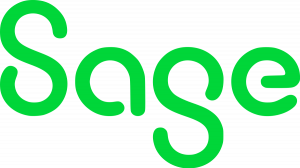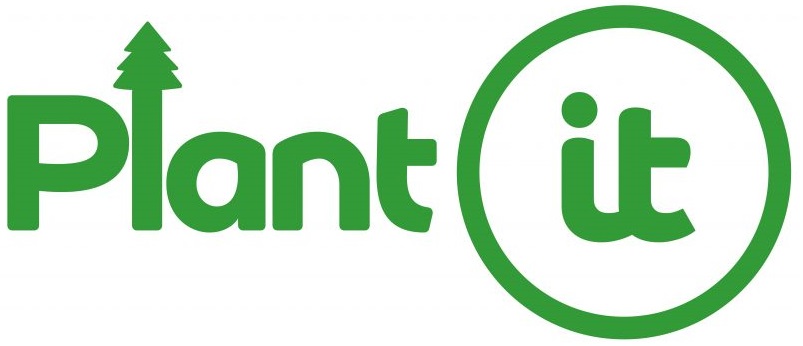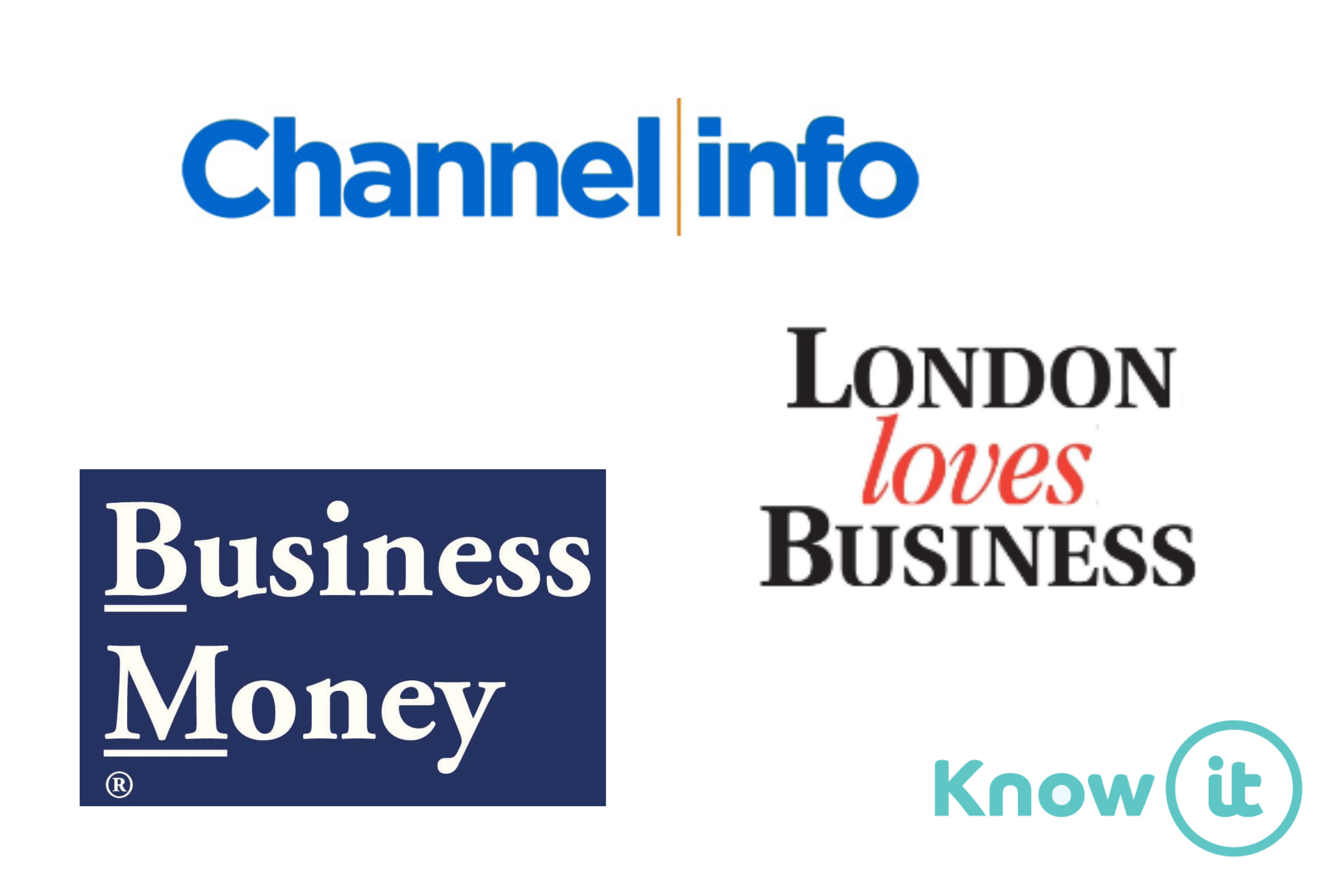Top 10 fintech disruptions to watch out for in 2023
From new technologies to tough regulations for crypto, 2023 is already looking like a year of change for fintech.
We teamed up with Edouard Billion, Managing Director at PPS, and Lynne Darcey Quigley, CEO and Founder of Know-it, to discuss the top 10 trends transforming fintech over the next 12 months- and which motivators are driving this change.
Our roundup also looks at the latest technology and digital payments offerings, as well as what’s going on in BNPL, embedded finance and more.
Summing up the current marketplace, Darcey Quigley says, “There are a variety of reasons why last year was challenging. Businesses worldwide have become accustomed to adapting to new circumstances due to post-pandemic complexities, war-induced energy crises, cryptocurrency market crashes, high inflation and soaring interest rates.
“However, despite all these challenges, the UK fintech market has grown steadily and has provided businesses with ways to remain ahead of the curve and offer simpler, more accessible financial services.”
#1. The cost of living crisis
“In 2023, fintechs will need to keep supporting their clients by helping them thrive during these hard financial times and the cost-of-living crisis.
“Fintechs have always been at the forefront of innovation and are ideally positioned to help customers thrive in hard times by giving them more awareness and control of their spending. Both innovative services and the use of payment data are helping fintechs understand changing customer needs and new patterns of behavior.
“Consumers are looking for innovative new ways to control their finances and are using fintech to do this. For example, using prepaid cards to restrict the amount of money they spend, and taking advantage of digital wallets to set rules against specific spending pots.
“Traditional banks are increasingly looking to fintechs to see what they are doing and how they can cherry pick some of these ideas. We will see more of these offerings in 2023 through collaborations, mergers and buyouts.” – Edouard Billion,
#2. Adapting business models
“Much like consumers, fintechs are also having to address this stark new economic reality internally, too. According to McKinsey’s latest Global Payments Report, the payments industry is proving remarkably resilient in this period of economic upheaval. Yes, inflation and interest rates are both reaching levels not seen for decades in many countries. And that’s altering consumer and business behaviour and, consequently, payments dynamics.
“Despite this, fintech firms are and will have to adapt. I think we’ll see many more fintechs to shift their focus from pure growth to a profitability model.” – Edouard Billion
#3. Green finance and sustainability
“Green finance will still be a hot topic in the financial services sector, where the need to focus on environmental awareness has rapidly increased in the past couple of years. This year we’ll see green finance move beyond a buzzword to a new phase that will make sustainable banking ingrained into everyday life.
“We will see more financial service providers and fintechs collaborating on innovative sustainability projects such as carbon footprint tracking and helping consumers make ethical choices. A great example of this is green mortgages, which are designed to reward those who purchase energy-efficient homes, or make improvements to their existing homes that increase their energy efficiency. As it stands, green mortgages represent 15% of the market and UK MPs have now called on the government to publish policy proposals for green mortgages by the end of February to “fast track” efforts to improve energy efficiency in UK households.
“As younger generations of consumers increasingly seek climate conscious ways to invest ethically, interest in green loan schemes will only grow. Now’s the time for financial service providers to innovate in sustainable practices to ensure their offering has long-term appeal and demonstrably serves both the customer and the planet.
“There’s also the opportunity to create products and services that other entrants to that market can use to help them innovate at their layer of customer offering. You can either build your system in a way so that your partners are integrated to be part of it. Or you can have a core system that is owned and maintained by you – that’s your USP – and then you have bits and pieces that you need support from others for different countries and regulations. Start-ups who want to scale could look towards acquisitional entrepreneurship and partnerships as an opportunity to move forward.” Edouard Billion
#4. BNPL programmes expanding
“BNPL programmes are expanding and being offered by all sorts of businesses. The role of different credit offerings, like buy now, pay later (BNPL) is enabling people to buy goods and services more affordably as inflation causes prices to soar.
“We know from recent research that more consumers will be offsetting their costs by using BNPL services. According to the Intelligence Market Report, the BNPL market has seen a surge in growth due to the advancements in technology and substantial expansion in internet access around the world.
“The BNPL system has a lot of benefits for consumers, including the ability to make payments by scanning a QR code. Nonetheless, market growth could be hampered over the coming years due to the exorbitant late charges imposed by BNPL service providers, along with the fees charged by banks and credit providers who offer BNPL services.
“The BNPL space is going from strength to strength. We look forward to powering fintechs to further innovate their BNPL offerings.” Edouard Billion
#5 The rise of invoice financing
“It is well known to every business that there can sometimes be a long gap between revenue and cash flow, especially when your customers demand long payment terms and wait until the last minute to pay. Invoice finance can help you bridge that gap by borrowing against the invoice value. A short-term loan against invoices is invoice financing, in which your business borrows money against amounts that are due on invoices you’ve issued to customers. Collateral is then provided in the form of these trade receivables.
“The construction, retail, transportation, and consumer goods industries regularly use invoice financing. Using invoice finance can be viewed as one of the many business financing options because you can receive cash immediately without waiting for your customers to pay you in full. As a result, working capital is maintained and problems with the credit and cash flow of the company are avoided. It can then serve as an alternative to financing slow-paying accounts receivable or to meet short-term liquidity needs. There will be a strong role for invoice financing in the fintech market of 2023 as cash flow continues to dictate the chances of success for many businesses.
“Invoice financing is available in the Know-it platform, allowing users to borrow up to 95% of the value of their unpaid invoices, to a maximum of £5mn.” – Lynne Darcey Quigley
#6 The rise of cloud computing
“Cloud technology has played a critical role in facilitating SMEs and large enterprises in recent years and will play a major role within fintech in 2023. With cloud computing, businesses can reimagine and pave the way for a technology-first and data-first work culture which cultivates business continuity and digital transformation. Applied agile technologies have been a key component of fintech services. Structures of banks are complex, with functional silos. By adopting agile technologies, modern banks, particularly neobanks, are simplifying their organisation’s processes and ensuring accountability in the face of global digitisation. As the fintech industry grows exponentially, cloud computing is driving that growth. Scalability and flexibility should be the core principles of UK SMEs as they seek steady expansion in 2023.
“Know-it is a cloud-based platform that can be accessed on a web browser from anywhere in the world, allowing businesses to always keep on top of their credit management to protect their business cashflow, something that will be vital throughout 2023 as we navigate a recession.” –Lynne Darcey Quigley
#7 Trend three: The rise of embedded finance
“One fintech trend that is poised to boom in 2023 is embedded finance. As well as providing benefits to the user, embedded finance also benefits the provider. For users, this technology simplifies and speeds up purchases and makes items more accessible. In addition to giving the providers a way to maintain strong relationships with the add-on providers, embedded finance provides a way to increase customer loyalty to the provider with all-in-one purchases.
“Embedded payments have made the payment process simpler for businesses and end-users, eliminating barriers and further meeting our desire for even more convenience given the society we live in. However, some embedded lending platforms have been unregulated for a considerable period of time and have only recently begun performing credit checks for users looking to use the facility which could spiral into a credit crunch.” –Lynne Darcey Quigley
#8 The rise of AI
“For fintech companies, artificial intelligence has long been an indispensable tool. Automation of report writing, financial data management, and other operations is made faster and more accurate with robotic process automation (RPA). The reduction in employees is made possible by removing human intervention from routine tasks.
“As a result, financial institutions are implementing adaptive AI, which adapts to work in a specific field. By obtaining information about past human-machine interaction experiences, it self-adapts to the conditions exhibited. Gartner predicts that by 2026, companies that use adaptive AI will have a 25% advantage over competitors using conventional earlier AI models. RPA and AI are rapidly changing how businesses are working, having a huge impact on productivity and giving organisations deeper insight from vast amounts of data. Know-it helps businesses make sense of their sales ledger, better know their customers and automate the credit control process end-to-end. This helps businesses mitigate credit risk, reduce debtor days and boost cashflow with ease.” –Lynne Darcey Quigley
#9 The rise of PaaS
“Retaining customers is something every business must focus on. To improve and maintain their retention rates, many companies have been turning to platform as a service (PaaS). As part of the PaaS model, clients can create new add-ons for the product they originally purchased. As a result, SaaS/PaaS providers will be able to offer clients a much more personalised experience which should encourage their growth rate and customer retention. Know-it is constantly evolving, thanks in part to our users’ feedback. We have a host of new features and add-ons in the pipeline due to be released very early 2023.” –Lynne Darcey Quigley
#10 Making Tax Digital (MTD)
“Since MTD was announced in 2015 most businesses have responded well to these changes by implementing new tools and processes has been largely positive. Businesses have been able to adopt new tools and technologies and take a digital mindset when it comes to filing taxes.
“This change may have been daunting for some at the time, however many will have quickly reaped the benefits of automating and keeping a digital record of invoices, transactions and tax filings.
“The new Making Tax Digital penalty points system will come into effect in January 2023 so expect this to be a hot talking point as we begin to see the business that have been slow to adopt these new technologies, regularly make mistakes and miss deadlines punished.
“Fintech’s are known for their disruptive innovations, and 2023 will be no exception. Others fully embrace it while some struggle against it. To mitigate against shocks and disruptions like the one that occurred in 2022, fintech companies should build their financial services more robustly. Despite that, there is no limit to the possibilities. 2023 will be full of innovation and growth.” –Lynne Darcey Quigley
This article was first published by fintechmagazine.com

































